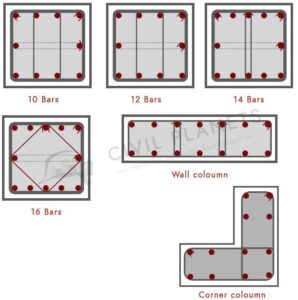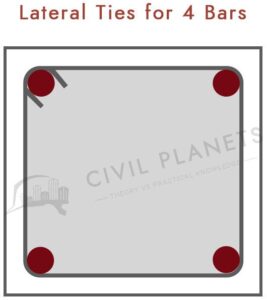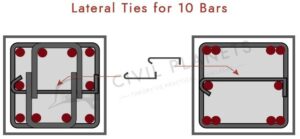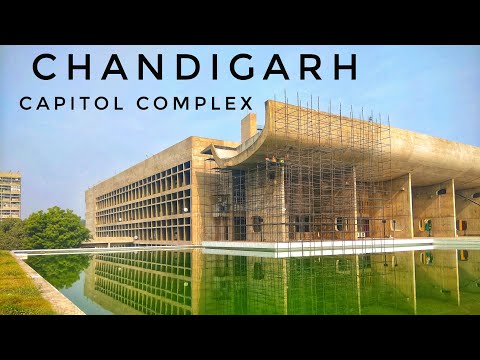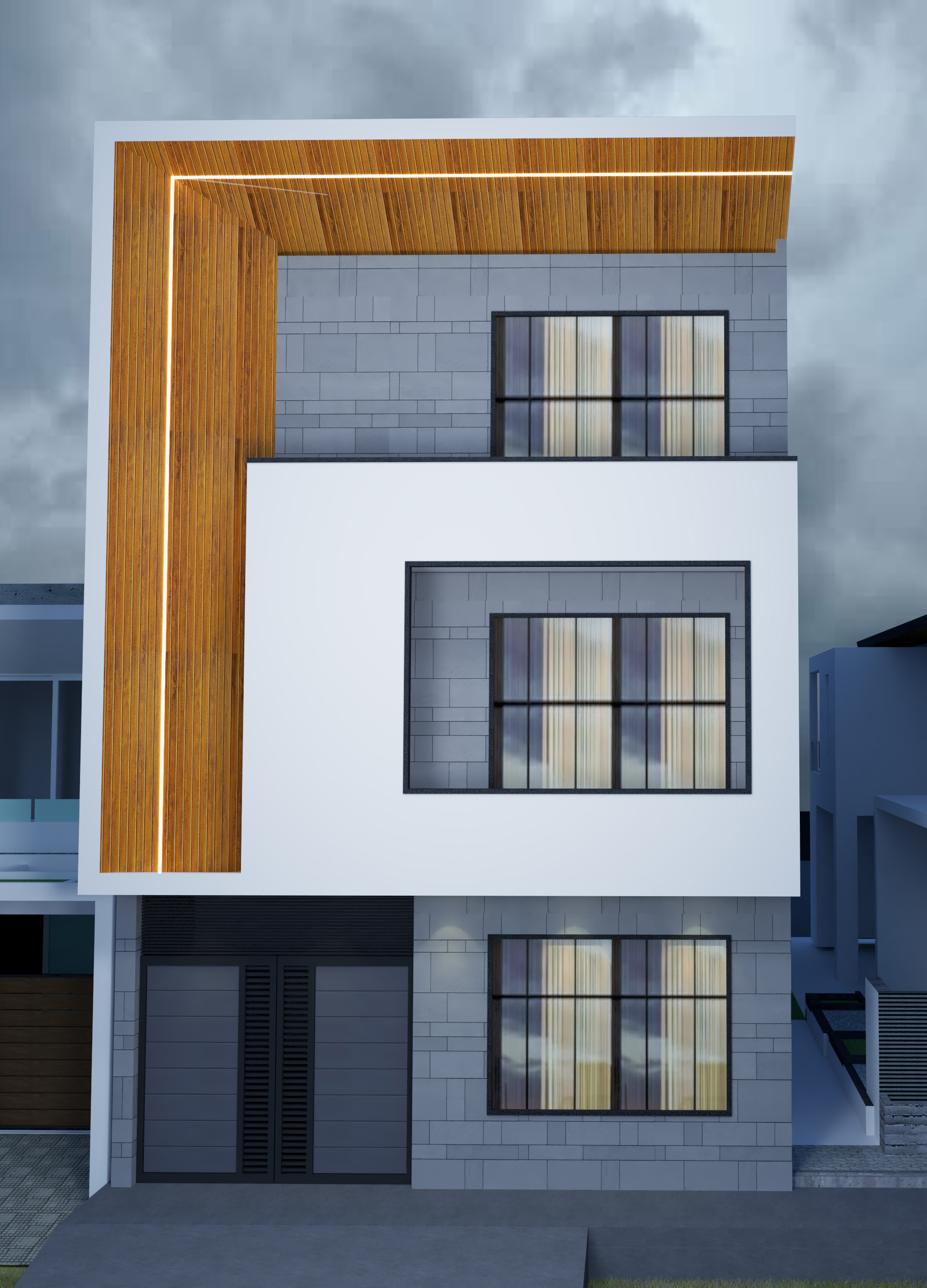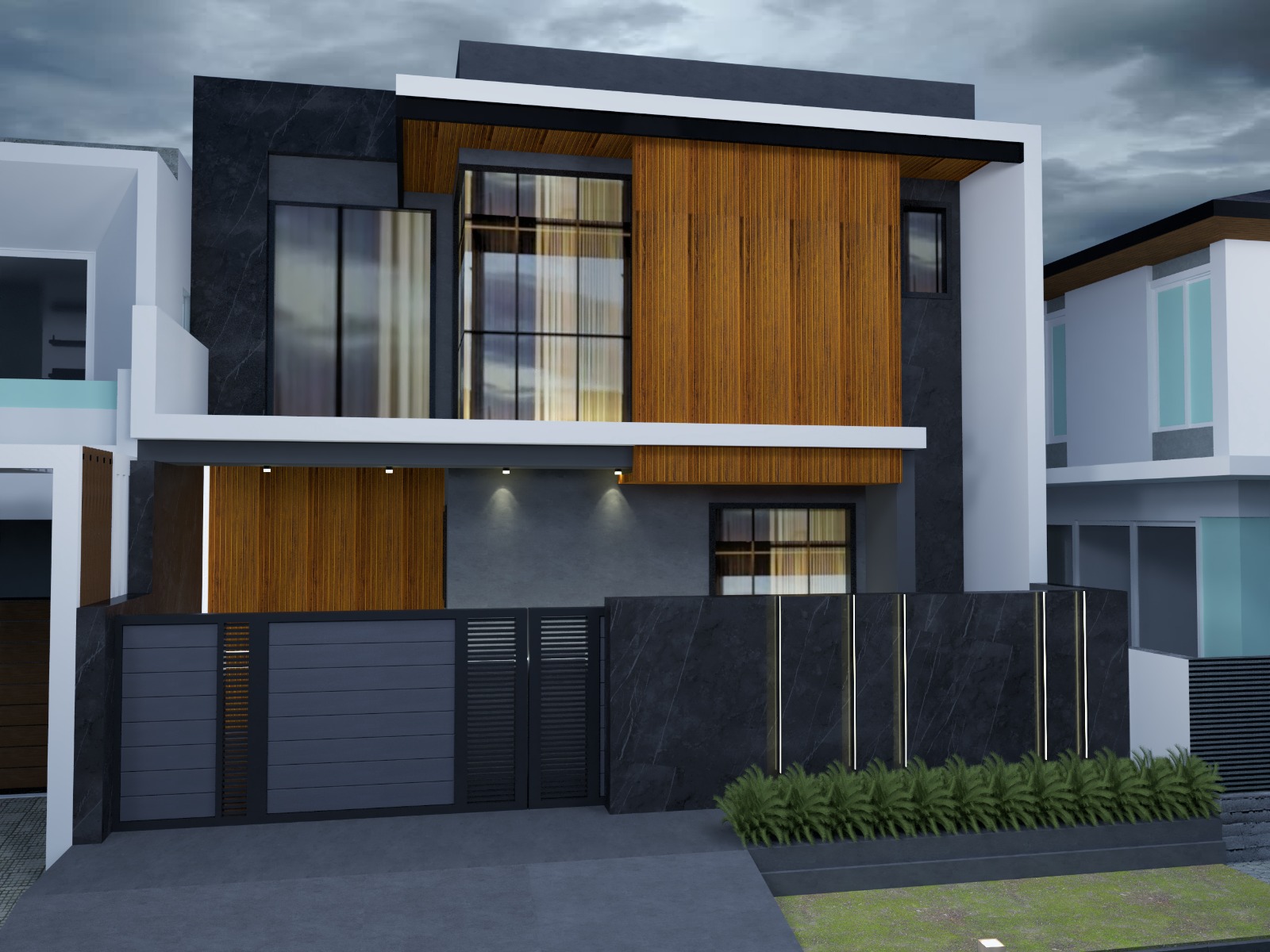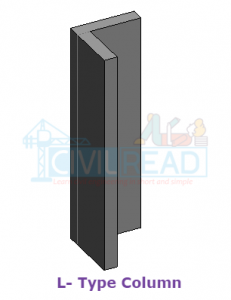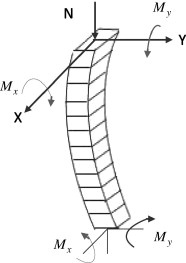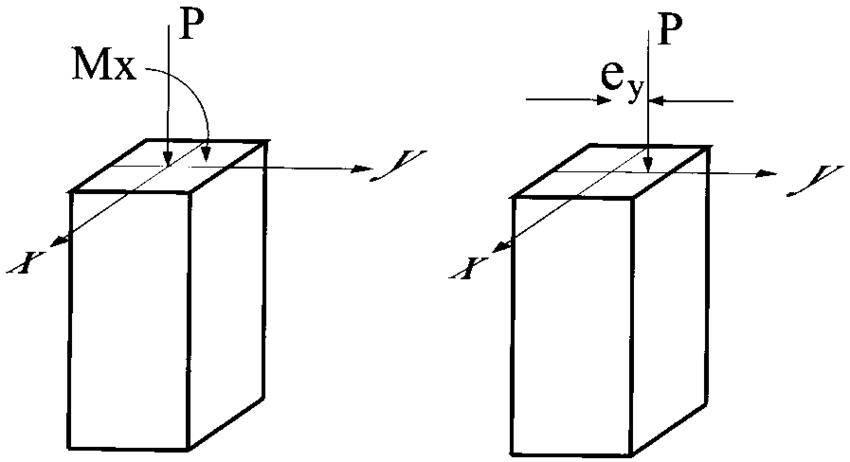Architecture of Taj Mahal
Architecture of Taj Mahal, in like manner spelt Taj Mahal, burial chamber complex in Agra, western Uttar Pradesh state, northern India. The Taj Mahal was worked by the Mughal sovereign Shah Jahān (managed 1628-58) to revere his life partner Mumtaz Mahal (“Picked One of the Imperial home”), who kicked the can in labor in 1631, having been the ruler’s resolute mate since their marriage in 1612. India’s most notable and by and large saw building is organized in the eastern region of the city on the southern (right) bank of the Yamuna (Jamuna) Stream. Agra Fortification (Red Post), moreover on the right bank of the Yamuna, is around 1 mile (1.6 km) west of the Taj Mahal.
In its neighborly degrees and its fluid joining of enhancing parts, the Taj Mahal is perceived as the best representation of Mughal designing, a blend of Indian, Persian, and Islamic styles. Various attractions integrate twin mosque structures (put uniformly on either side of the tomb), wonderful nurseries, and a display. Quite possibly of the most beautiful fundamental piece on earth, the Taj Mahal is moreover one of the world’s most infamous tourist spots, visited by a large number of voyagers consistently. The complex was allocated an UNESCO World Heritage site in 1983.

History of construction:-
The plans for the complex have been credited to various organizers of the period, but the focal modeler was possible Ustad Aḥmad Lahawrī, an Indian of Persian fall. The five head parts of the complex — major doorway, garden, mosque, jawāb (from a genuine perspective “answer”; a construction mirroring the mosque), and sepulcher (counting its four minarets) — were thought of and arranged as a bound together substance according to the standards of Mughal building practice, which allowed no subsequent extension or change. Building started around 1632. More than 20,000 experts were used from India, Persia, the Ottoman Domain, and Europe to complete the genuine sepulcher by around 1638-39; the associate designs were finished by 1643, and adornment work happened until something like 1647. Out and out, improvement of the 42-segment of land (17-hectare) complex crossed 22 years.
A custom relates that Shah Jahān at first intended to create another mausoleum across the stream to house his own leftover parts. That plan was to have been created of dull marble, and it was to have been related by a platform to the Taj Mahal. He was excused in 1658 by his youngster Aurangzeb, regardless, and was kept for the rest of his life in Agra Post.
Plan and designing Architecture of Taj Mahal :-
Resting in a wide plinth 23 feet (7 meters) high, the mausoleum genuine is of white marble that reflects conceals according to the power of sunlight or night sparkle. It has four practically indistinct outsides, each with a wide central bend climbing to 108 feet (33 meters) at its zenith and chamfered (slanted) corners incorporating more unassuming bends. The grand central vault, which shows up at a degree of 240 feet (73 meters) at the tip of its finial, is surrounded by four lesser curves. The acoustics inside the principal vault cause the single note of a woodwind to reverberate on numerous occasions. Within the burial place is facilitated around an octagonal marble chamber ornamented with low-easing carvings and semiprecious stones (pietra dura). In that are the cenotaphs of Mumtaz Mahal and Shah Jahān. Those fake internment places are encased by a finely designed filigree marble screen. Under the internment places, at garden level, lie the authentic stone caskets. Standing flawlessly isolated from the central design, at all of the four corners of the square plinth, are lovely minarets.
Flanking the sepulcher near the northwestern and northeastern edges of the nursery, exclusively, are two equally undefined designs — the mosque, which highlights the east, and its jawab, which highlights the west and gives classy harmony. Worked of red Sikri sandstone with marble-necked vaults and architraves, they contrast in both assortment and surface with the mausoleum’s white marble.
The nursery is set out along dated Mughal lines — a square quartered by extended streams (pools) — with walking ways, wellsprings, and ornamental trees. Encased by the walls and plans of the staggering, it gives a working out way to agreement with the mausoleum, which ought to be noticeable reflected in the nursery’s central pools.
The southern completion of the complex is graced by a wide red sandstone entry with a recessed central bend two stories high. White marble outlining around the bend is enlivened with dim Qurʾānic lettering and bloom plans. The essential bend is flanked by two arrangements of additional unassuming bends. Assigned the northern and southern outsides of the section are matching lines of white chattris (chhatris; vault like plans), 11 to each facade, joined by thin elaborate minarets that climb to almost 98 feet (30 meters). At the four corners of the development are octagonal apexes covered with greater segments.
Two extraordinary decorating features are reiterated all through the complex: pietra dura and Arabic calligraphy. As exemplified in the Mughal make, pietra dura (Italian: “hard stone”) merges the embellish of semiprecious stones of various tones, including lapis lazuli, jade, diamond, turquoise, and amethyst, in significantly formalized and lacing numerical and blossom plans. The assortments actually moderate the astounding field of the white Makrana marble. Under the orientation of Amānat Khan al-Shīrāzī, ceases from the Qurʾān were kept across different region of the Taj Mahal in calligraphy, crucial to Islamic imaginative custom. One of the etchings in the sandstone entryway is known as Dawn (89:28-30) and invites the committed to enter paradise. Calligraphy in like manner envelops the taking off calculated sections to the sepulcher real. To ensure a uniform appearance from the vantage point of the patio, the lettering developments in size according to its general level and distance from the watcher.
Current issues:-
All through the drawn out the Taj Mahal has been probably going to negligence and decay. A critical recovery was finished close to the beginning of the 20th 100 years under the heading of Ruler Curzon, then, the English messenger of India. Even more lately, air tainting achieved by releases from foundries and other close by assembling plants and fumes from motor vehicles has hurt the burial place, prominently its marble outside. Different measures have been taken to decrease the risk to the milestone, among them the finish of specific foundries and the foundation of tainting control equipment at others, the development of a parkland support zone around the complex, and the confining of adjoining vehicular traffic. A recovery and assessment program for the Taj Mahal was begun in 1998. Progress in dealing with regular conditions around the milestone has been slow, in any case.
Incidentally the Taj Mahal has been probably going to India’s political components. Late night seeing was confined there some place in the scope of 1984 and 2004 considering the way that it was normal that the milestone would be a target of Sikh aggressors. Moreover, it continuously has come to be seen as an Indian social picture. A couple of Hindu nationalist packs have tried to diminish the meaning of the Muslim effect in addressing the starting points and plan of the Taj Mahal.
the catacomb, a tremendous, sepulchral milestone, consistently made of stone, that is used to cover and venerate the leftover pieces of a notable or resilient person. The term catacomb can similarly mean various types of over-the-ground structures used for human internments.
The word is gotten from Mausolus, head of Caria (an old district of Anatolia), in whose memory his widow, Artemisia II, raised an extraordinary entombment place at Halicarnassus (c. 353-c. 350 BCE; current Bodrum, Turkey). The Mausoleum is one of the Seven Supernatural occurrences of the World. A few excess pieces of the milestone are at present in the English Verifiable focus in London.
Apparently the most forceful and renowned burial place is the broadly acclaimed white marble Taj Mahal at Agra, India, worked by the Mughal head Shah Jahān for his main companion, Mumtāz Maḥal, who passed on in 1631. He at first expected to develop another sepulcher in dim marble for himself, backwards the Taj Mahal, yet he was excused and a while later passed on before work could begin. Other striking models consolidate the sepulcher of the Roman head Hadrian, as of now the Castel Sant’Angelo in Rome; that of the Prussian master Frederick William III and Sovereign Louisa of Mecklenburg-Strelitz at Charlottenburg, Germany, near Berlin; of the French ruler Napoleon III at Farnborough, Hampshire, England; of the Turkish boss Kemal Atatürk at Ankara, Turkey; and of the Soviet boss Vladimir Ilich Lenin at Moscow.
Shah Jahān period architecture of Taj Mahal :-
Shah Jahān period designing, an Indian construction style that flourished under the help of the Mughal sovereign Shah Jahān (controlled 1628-58), its most noteworthy achievement being the brilliant tomb at Agra, the Taj Mahal. Among various places of interest of the style are a couple of mosques at the ruler’s generally significant capital, Agra, and another inconceivable mosque and a colossal fortress illustrious home complex at his resulting capital, Delhi. The use of the twofold vault, the recessed entry inside a rectangular fronton, and parklike ecological elements were all most cherished devices of Shah Jahān period producers. Equality and concordance between the bits of a construction were continually stressed, as was touchy careful craftsmanship. White marble was a leaned toward building material. See moreover Mughal plan.
World Heritage site Architecture of Taj Mahal :-
World Inheritance site, any of various locales or articles engraved on the Brought together Nations Educational, Intelligent and Social Affiliation (UNESCO) World Heritage Overview. The objections are allocated as having “outstanding general worth” under the Show Concerning the Security of the World Social and Customary Heritage. This record was taken on by UNESCO in 1972 and authoritatively created results in 1975 ensuing to having been affirmed by 20 countries. It gives a design to worldwide cooperation in saving and defending social fortunes and ordinary locales generally through the world.
Designating World Heritage sites:-
There are three kinds of districts: social, ordinary, and mixed. Social inheritance objections integrate numerous important designs and town areas, huge archeological objections, and works of terrific figure or painting. Standard heritage objections are restricted to those typical districts that (1) outfit astounding occurrences of Earth’s record of life or its geologic cycles, (2) give phenomenal cases of advancing ecological and normal groundbreaking cycles, (3) contain customary quirks that are captivating, novel, champion, or of unprecedented greatness, or (4) outfit domains for intriguing or endangered animals or plants or are regions of exceptional biodiversity. Mixed heritage objections contain parts of both standard and social significance. The extent of social to standard objections on the World Inheritance Overview is around 3 to 1. A couple of new objections are added to the summary in each year (until 2002, regions were incorporated December).
Starting points of the World Inheritance Show:-
The fundamental impetus for the gathering of the World Inheritance Show was the improvement of the Aswan High Dam. In 1959 the conditions of the Bound together Bedouin Republic (U.A.R.; as of now Egypt and Syria) and Sudan went to UNESCO for help in protecting the old-fashioned districts and milestones of Egyptian Nubia. The objections were subverted with destruction by the exceptional Lake which would foster behind the new dam at Aswān. UNESCO replied with a charm for the overall neighborhood help, and the result was the greatest archeological rescue action of all time.
Taj Mahal is a clergyman of Shah Jahan’s strong interest in building and imaginative headways. The new compositional style integrates points that were to infringe a great deal of resulting Indian designing. Balance along various sides of a central turn, new columnar styles, curvilinear designs, and delegate plans considering naturalistic plant topics are characteristics of the Shahjahan style that can be found in the Taj Mahal Complex.
Presentation Architecture of Taj Mahal :-
The tomb is absolutely clad in white marble. Intimating the stone’s gleam, the Mughal scholars stood out it from early sunrise or to a cloud. Kalim created:
It is a [piece of] heaven of the shade of dawn’s magnificent face, considering the way that beginning to end and back to front it is of marble – Nay, not marble because of its reasonable tone (av-u-rang) The eye can mistake it for a cloud.
Kanbo suggests “the illuminated entombment chamber (rauza-I-munauwara) on whose each stone piece from early morning until late night the whiteness of the certified dawn is reflected, causing the watcher to neglect to recall his yearning to move towards the most raised heaven”.
Concepts:-
Subject to Shah Jahan, the meaningful substance of Mughal configuration showed up at its apex. Propelled by a part by Bibadal Khan, the regal goldsmith and essayist, and simply equivalent to most Mughal commemoration administration designing, the Taj Mahal complex was considered as an impersonation on earth of the spot of Mumtaz in paradise.
This subject infiltrates the entire many-sided and teaches the arrangement and appearance with respect to all of its parts. Different discretionary principles were furthermore used, of which request is the most predominant. A cognizant exchange was spread out between the construction’s parts, its surface enhancement, materials, numerical readiness and its acoustics. This exchange connects from what ought to be noticeable with the resources, into severe, academic, mathematical and awesome considerations.
Symbolism Architecture of Taj Mahal :-
In the Taj Mahal, the different evened out use of red sandstone and white marble adds to complex symbolic significance. The Mughals were explaining a thought which followed its fundamental establishments to earlier Hindu practices, set out in the Vishnudharmottara Purana, which recommended white stone for structures for the Brahmins (sanctified position) and red stone for people from the Kshatriyas (legend standing). By building structures that used such assortment coding, the Mughals separated themselves with the two driving classes of Indian social plan and in like manner described themselves as rulers in Indian terms. Red sandstone similarly had significance in the Persian beginning stages of the Mughal Domain, where red was the prohibitive shade of preeminent tents.
Its symbolism is complicated, according to one point of view drawing out a more extraordinary, stylised and very sturdy nursery of paradise than could be found filling in the normal nursery; on the other, an instrument of exposure for Jahan’s essayists who portrayed him as an ‘erect cypress of the nursery of the caliphate’ and consistently used plant portrayals to laud his incredible organization, individual, family and court. Plant delineations similarly find a common trademark with Hindu practices where such pictures as the ‘container of abundance’ (purna-ghata) can be found and were obtained by the Mughal modelers.
Sound was moreover used to convey contemplations of paradise. All within the burial place gains some resounding experiences (the time taken from when a clatter is made until its resonations have lessened) of 28 seconds giving a climate where the declarations of the Hafiz, as they requested of God for the soul of Mumtaz, would stand by in the air.
Translation Architecture of Taj Mahal :-
The structure was additionally used to attest Jahani misleading publicity concerning the ‘flawlessness’ of the Mughal authority. Wayne Begley set forward a translation in 1979 that takes advantage of the Islamic thought that the ‘Nursery of Heaven’ is likewise the area of the ‘high position of god’ upon the arrival of judgment. In his perusing, the Taj Mahal is viewed as a landmark where Shah Jahan has appropriated the power of the ‘privileged position of god’ imagery for the glorification of his own rule. Koch deviates, finding this an excessively intricate clarification and bringing up that the ‘High position’ sura from the Qu’ran (sura2 section 255) is absent from the calligraphic engravings.
This time of Mughal engineering best represents the development of a style that had integrated Islamic design with its native partners. When the Mughals fabricated the Taj, however pleased with their Persian and Timurid roots, they had come to consider themselves to be Indian. Copplestone states “Despite the fact that it is unquestionably a local Indian creation, its engineering achievement lays on its essentially Persian feeling of clear and undisturbed extents, applied to clean, and simple surfaces.”
Components:-
The consistency of shapes has been set in a specific progressive highlight. One sort of section, called the Shahjahani segment is utilized in the whole mind boggling. It has a diverse shaft, a capital developed from small curves, inward components and a base with four multi-cusped angled boards. Extents and subtleties of the sections differ as per their situation in the complex; least difficult in the market roads, bigger and more extravagant in the funerary region.
The head working of the whole mind boggling is the catacomb and the most naturalistic beautification shows up here. The flanking structures; the mosque and human khana [Guest House implied exclusively for collecting for prayers] share reflect evenness and show less naturalistic and less refined adornment; in the nursery structures, it is utilized just sparingly; and none shows up in the Jilaukhana or the marketplace and caravanserai complex. The components of the auxiliary units are organized with a similar mirror balance. Incorporated into the general carina evenness are halfway arranged components; the four-section garden, the four-section market and caravanserai complex, and the scaled down Char bagh of the internal auxiliary burial chambers. The catacomb and the extraordinary door have concentrated plans. Every component has an imperative impact in the entire, assuming even one of the parts was feeling the loss of; the equilibrium of the whole structure would be obliterated.
The Principles:-
PRINCIPLES OF SHAHJAHANI ARCHITECTURE AND AS THEY ARE EXPRESSED IN THE TAJ MAHAL:
The complex of the Taj Mahal investigates the capability of the riverfront garden as both an optimal funerary and a utilitarian common build; it likewise communicates in sanctioned structure the design standards of the period.
1. Objective and severe math.
2. Ideal even preparation with an accentuation on respective balance (carina) along a focal hub of the fundamental elements. In an ordinary Shahjahani carina conspire, two even highlights flank a prevailing focal component.
3. A various leveled evaluating of materials, structures and varieties.
4. Triadic divisions are bound together in relative recipes. These decide the state of plans, heights and structural Trimming.
5. Consistency of shapes, requested by progressive accents.
6. Exotic tender loving care.
7. Specific utilization of naturalism.
8. Imagery.
9. These standards administer the whole engineering of Shah Jahan. They are communicated most amazingly and most reliably in the Taj Mahal.
The Symmetry
The engineering was to communicate this idea through amazing evenness, amicable corresponding connections, and the clear white marble confronting which gives the immaculateness of the mathematical and levelheaded arranging the ideal unworldly appearance. The sepulcher is raised over an enhanced rendition of the nine-crease plan inclined toward by the Mughals for burial places and nursery structures.
A variation is utilized in the extraordinary door. In the catacomb, the arrangement is communicated in wonderful cross-pivotal evenness, with the goal that the structure is centered around the focal burial place chamber. What’s more, the inward association is considered the exteriors, which present an impeccably adjusted piece when seen from the expansions of the tomahawks which create the arrangement.
Respective evenness overwhelmed by a focal emphasize has for the most part been perceived as a requesting standard of the engineering of rulers focusing on outright power, as a declaration of the decision force which achieves equilibrium and concordance, a striking image of the definition of highborn society under brought together power. Uneven reviewing down to the minutest decorative detail, especially striking is the bite the dust various leveled utilization of variety. The main structure in the entire complex altogether dashed with white marble is the sepulcher. This hierarchic utilization of white marble and red sandstone is commonplace of supreme Mughal design
The Organization:-
In this manner the whole Taj complex comprised of two parts, each following the riverfront garden plan; the char bagh and porch; a genuine riverfront garden and a landlocked variation in the design of the two auxiliary units, where the square shape Jilaukhana compared to the riverfront patio, and the cross-hub market and caravanserai component to the char bagh. That lost complex was an indispensable piece of the Taj Mahal, framing its counter-picture, as per the fundamental Shahjahani compositional guideline of balanced correspondence.
The Plan:-
The students of history and writers of Shah Jahan express that the Taj Mahal was to address a natural reproduction of the place of Mumtaz Mahal in the Nurseries of Heaven. This should not be excused as Shahjahani court manner of speaking: it genuinely communicates the program of the sepulcher. To understand the possibility of the hematological nursery house as intently as could be expected, the sanctioned out of past royal catacombs, where the structure remained at the focal point of a cross-pivotally arranged garden or chahar bagh, is deserted, and the riverfront plan that had turned into the predominant private nursery kind of Agra was picked all things being equal, and raised to a fantastic scope.
The cooperation among private and funerary types portrayed Mughal engineering all along. In the Taj Mahal, the point was to consummate the riverfront garden and develop it to a scale past the compass of customary humans, to make here on the planet and in the Mughal city paradisiacal nursery royal residence for the departed.
Ground Format of The Taj Mahal Complex:-
The principal north-south hub goes through the nursery channel and the marketplace road. On it are set the prevailing aspects: the tomb, the pool, the extraordinary door, the Jilaukhana, the southern entryway of the Jilaukhana, and the chalk (square) of the market and caravanserai complex.
Our other social links
Instagram
other blogs and works
construction-materials
Vaastu-shastra










